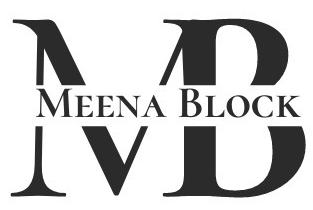Project Overview: A DeFi startup aimed to bridge the gap between traditional finance and decentralized finance by building a cross-chain asset exchange platform on the Solana blockchain. The platform’s unique feature was the integration of credit card payment capabilities, allowing users to seamlessly purchase cryptocurrencies directly with their credit cards.
Challenges:
- High Throughput and Scalability: Ensuring high throughput and low transaction fees on the Solana blockchain was essential for handling the high volume of asset exchanges and credit card payments.
- Security and User Data Protection: Integrating credit card payment capabilities required robust security measures to safeguard user data and prevent potential fraudulent activities.
- User-Friendly Interface: Designing an intuitive and user-friendly interface for both crypto enthusiasts and traditional users was crucial to encourage widespread adoption of the platform.
Solution: A cross-chain asset exchange platform with credit card payment integration.
- Solana Smart Contracts: Smart contracts were developed on the Solana blockchain using the Rust programming language, ensuring high throughput and efficiency in handling asset swaps.
- Credit Card Payment Integration: The platform integrated a reputable third-party payment gateway that allowed users to securely link their credit cards to their accounts. Payment information was encrypted and stored in compliance with industry standards.
- User Onboarding and KYC/AML: To comply with regulatory requirements, the platform implemented a robust Know Your Customer (KYC) and Anti-Money Laundering (AML) verification process. Users were required to complete KYC procedures before accessing credit card payment features.
- User Wallet Integration: Users could connect their Solana-compatible wallets, such as Sollet or Phantom, to the platform. This integration allowed seamless asset transfers and interactions with the smart contracts.
- User Interface (UI) Design: A user-friendly and responsive UI was designed to provide a seamless experience for both crypto-savvy users and newcomers. Clear instructions and visual cues were incorporated to guide users through the asset exchange and credit card payment processes.
Programming Languages:
- Rust: Rust was used for developing smart contracts on the Solana blockchain. Rust is known for its memory safety and performance, making it suitable for high-performance blockchain applications like Solana.
- TypeScript: TypeScript was used for front-end development, allowing the creation of an interactive and user-friendly interface for the platform.
- js: Python and Node.js were used for backend development and integration with third-party APIs, including the payment gateway and user verification services.
- HTML/CSS: Standard web technologies, HTML and CSS, were used for designing the user interface and ensuring a responsive and visually appealing user experience.
- Web3 Libraries: Web3 libraries like Solana Web3.js were utilized for interacting with the Solana blockchain, enabling users to send transactions, interact with smart contracts, and manage their assets securely.
*Other technologies and languages not listed here may also be incorporated
